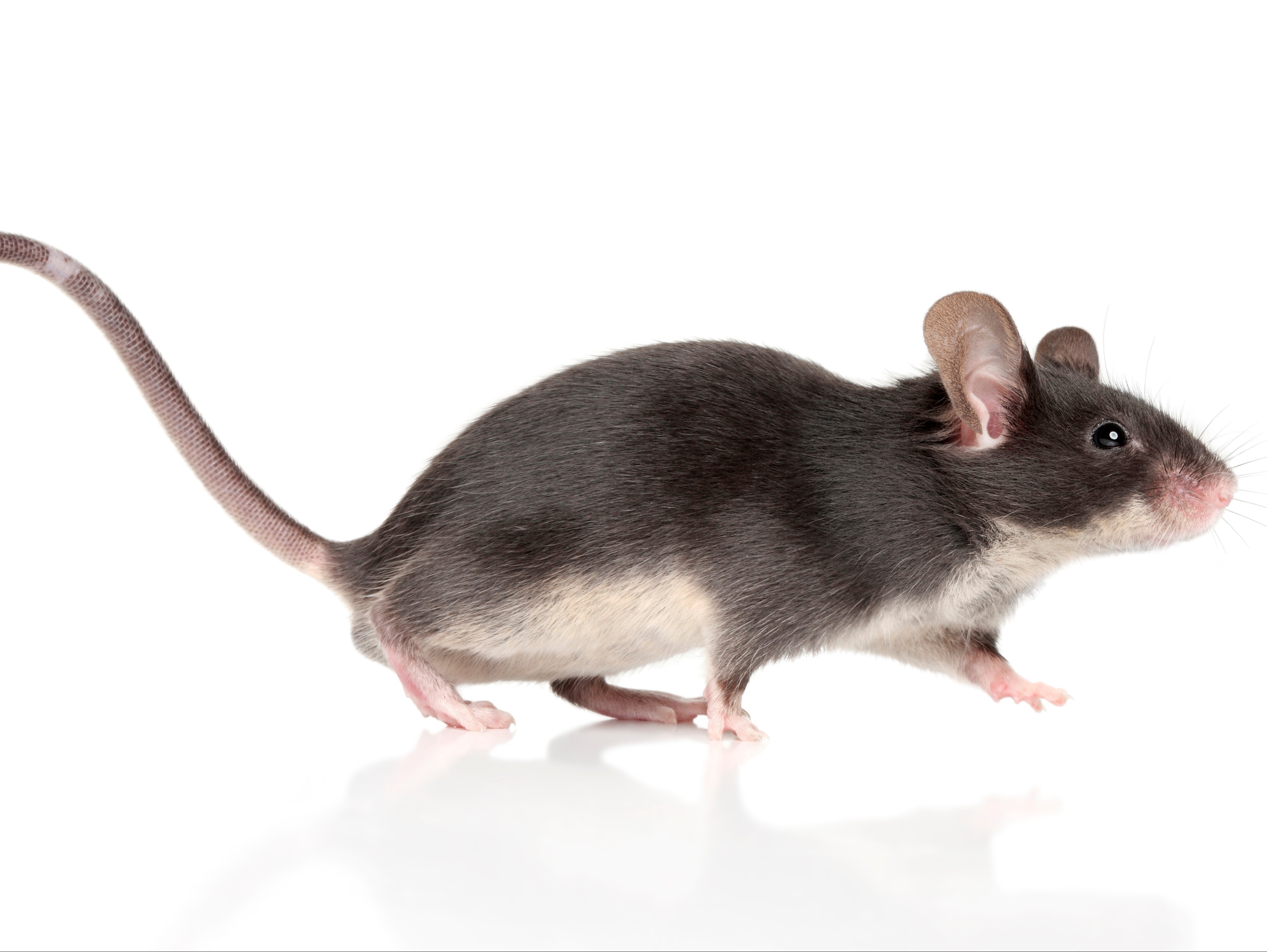
Vermin exclusion is an increasingly important aspect of food-safe construction which, although a challenging element within factory design, is not impossible. Here Cordy Volkers, project manager at Bessels Architekten & Ingenieurs in Twello, provides some tips.
Thanks to our extensive experience in designing and coordinating the construction of food manufacturing facilities, we certainly ‘know the ropes’. We also believe that prevention is better than cure: we focus on selecting, adapting and detailing the building and the premises, up to and including the direct vicinity, in such a way as to optimally exclude rodents.
The Dutch Building Decree, which is the standard legislative document for construction, stipulates that measures must be in place to prevent entry by rats and mice. Standard solutions are available on the market for this purpose. However, in view of the fact that a mouse can jump up to 90cm and a rat up to 1.2 metres high, a rat can climb up to 12 metres in a vertical sewage pipe and a mouse can squeeze through 5-6mm gaps, food producers are wise to look beyond such standard solutions. One example of a proven practical solution is to install a check valve in the sewage system, lay a gravel path in front of the building and affix an exclusion material onto the building facade down to at least 90cm (the depth to which rats can dig tunnels).
Food processing companies are legally required to comply with the HACCP principles in addition to the Building Decree legislation. Moreover, certification programmes such as BRC, IFS food, AIB and Tesco include criteria relating to rodent-proofing, and these go much further than merely control of rats and mice. Bessels Architekten & Ingenieurs takes the approach of a problem-solving ‘funnel’, advancing from wide to narrow in the examination of where problems can arise and which solution is adequate for each one.
Excluding rodents (keeping them at a distance) means thinking about boundary fences and their thickness. Insect-repellent lighting can be installed on the building itself. But what about the greenery and landscaping? The architectural quality plan might include criteria relating to the greenery on the premises, for example. In that case, consider planting varieties which suffer minimal leaf loss, which do not grow up against building facades and which do not attract insects.
‘Channels for cables and pipes tend to serve as a ‘motorway’ for rodents’
In the façade, it is important to ensure that there are no gaps or places where pests can hide. If an opening cannot be avoided, cover it with an anti-insect grill (mesh). We sometimes see a conflict of interests arising here, such as within the BREEAM sustainability certification scheme: ecologists advise placement of a nestbox for birds on site. We recommend installation of a bat box instead since this minimises the level of dirt and nuisance – plus in The Netherlands it is eligible for government subsidy!
Ensure that rubbish and/or food waste is managed properly. From a building perspective, a common solution is to ensure that the facility is easy to clean, with smooth and inclined surfaces. A good cleaning plan is also essential to comply with the rules mentioned above.
Take care not to create a breeding ground for mould, bacteria and vermin. That may seem logical, but how can you take proactive action in practice? Design the ventilation system to prevent the formation of condensation and corners of stale air. Don’t forget to consider products on shelving or racking. Keep the bottom pallet off the floor to ensure ventilation beneath it. Another important aspect: maintain a low temperature since insects cannot develop at temperatures below 15°C. Hence, apart from cold stores, this is an excellent solution for storing waste.
Bessels Architekten & Ingenieurs recently completed construction of a baked goods factory which as part of BREEAM certification included a so-called blower-door test. This test entails the entire building being subjected to positive and/or negative pressure and filled with smoke in order to reveal leaks and gaps in the walls, roof and floors.
Extending an existing building will often create a cavity between the old and the new facade. If any opening should subsequently give access to that cavity space it poses considerable risk of an infestation of mice or insects. Although it can be an expensive and lengthy process to avoid such ‘unmanageable empty spaces’, the extra investment is nevertheless worth considering. If it really is impossible to avoid a cavity in a certain area, at least arrange for the installation of an inspection hatch – preferably on the exterior wall – to facilitate adequate checks and/or pest control.
Channels for cables and pipes tend to serve as a ‘motorway’ for rodents. These ‘motorways’ are often located in inaccessible places which attract dust and dirt. A solution to this problem is the use of a hygienic false ceiling including a catwalk above it. This enables all the cables and pipes to be installed above the ceiling and hence outside of the process area. (The added benefit is that maintenance work can also be performed in that space.) The only pipe and cable channels in the production area itself are then vertical ones.

It is consumers and/or retailers, with their ever-changing expectations, who will determine which criteria we will have to meet in the future. It is currently very difficult to find a completely watertight solution for pest control. Therefore, it is better to eliminate potential problems at the planning stage and to choose the right solutions carefully.
Source: Portret: Bessels, muis: ©iStock.com/fotojagodka